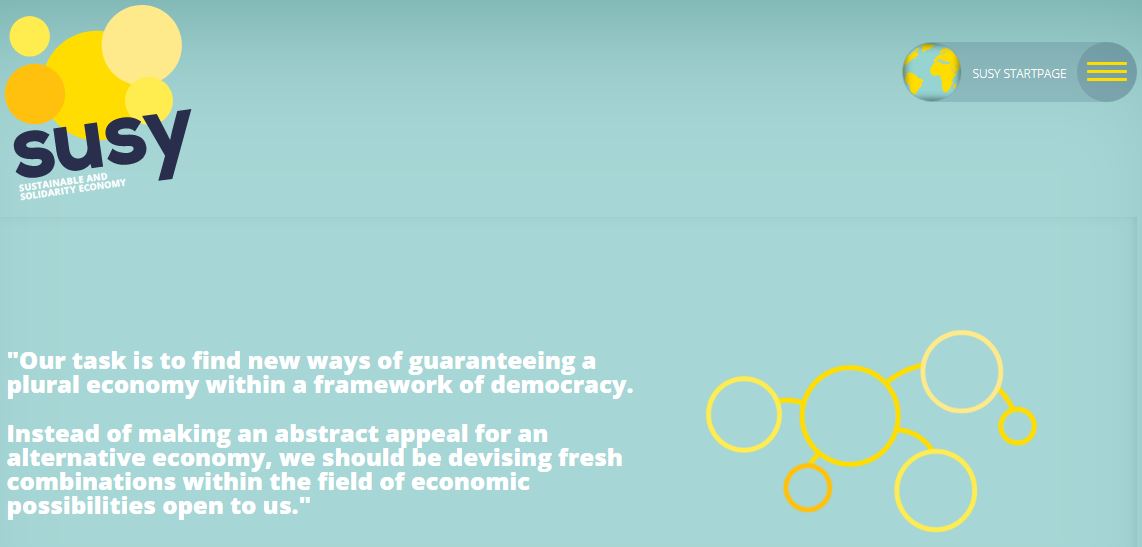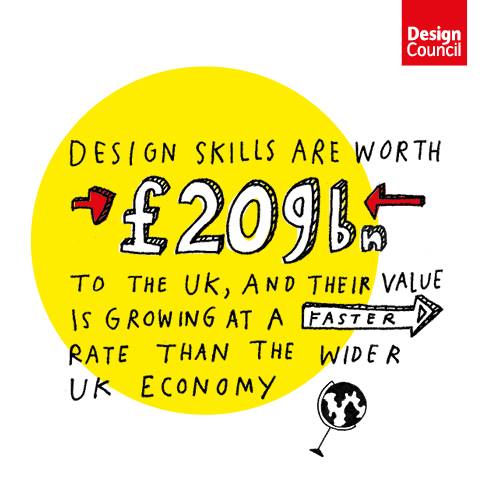Urban planning has historically perpetuated inequality and injustice. But this city may have found a solution.
When Monica Palmquist moved to Cortez, Colorado, in 2010, she was shocked to find that the Hispanic population in a town with a Spanish name had almost no presence in the community’s civic life. Born in Mexico, Palmquist had spent most of her life in the United States, in cities where the Hispanic community was visible and active. In Cortez, where she worked as a community organizer, they were rarely ever seen.
The community has a long history of distrusting public officials.
“We were called ‘The Invisible Community,’” Palmquist says. “We don’t get ourselves into trouble. We don’t make noise.” Palmquist had taken it upon herself to go door to door to organize the Hispanic community, and the doors literally did not open. The community has a long history of distrusting public officials, and Palmquist’s status as a fellow Mexican American did not outweigh the perception that she was an outsider.
Palmquist wasn’t the only person to notice the disconnect. Cortez is a diverse, working-class city of 8,500 tucked into the San Juan Mountains, but when city officials started a comprehensive planning effort in 2007, turnout was dismal.
The city used the usual community engagement process says Kirsten Sackett, who was Cortez’ director of planning and building until 2015. They held multiple meetings to gather input, promoted them with ads and posters throughout town, and hoped that people would show up.
They didn’t. Groups that were significant portions of the population—including Hispanic, Native American, youth, and people living in poverty—were almost completely absent. The plan that would provide a road map for Cortez’ future didn’t include the voices of most of its people, Sackett says. As a result, the comprehensive plan didn’t lead to improvements in some of the city’s most intractable issues, including youth engagement, economic improvement, and the isolation of the town’s populations.
The model has proven successful and has now been taken up by dozens of communities across the United States.
Cortez’s example is in keeping with the history of urban planning, where exclusion from participation perpetuates inequality and injustice. Multiple examples over time show that marginalized communities can experience rent increases, displacement, or the siting of undesirable facilities such as power plants and highways in their neighborhoods.
In 2011, Sackett applied to have Cortez take part in a pilot program run by the Orton Family Foundation calledCommunity Heart & Soul. The program shifts the emphasis of planning from stakeholders—typically people with power, influence, and money—to everyone.
Community Heart & Soul harnesses residents’ passion about their community by pursuing participation from all of the voices and providing people with the tools to be equal partners in determining their future. In the process, it builds strong relationships, engaged leadership, and deep hometown pride. The model has proven successful and has now been taken up by dozens of communities across the United States.
Community Heart & Soul is based on the idea that if people discover together what they are most passionate about preserving and building, they will rally around that shared vision and proactively build their community’s future. Where the prevailing ethic for community engagement has been that if people don’t care enough to show up, they don’t deserve a voice in the process, with Community Heart & Soul, organizers are accountable for engaging people in ways that are meaningful to them.
“The notion of apathy doesn’t exist,” says Alece Montez, the director of programs for the foundation. “If you don’t have people responding, you didn’t reach them in a way that resonates with them.” If you don’t know how to engage people, you go ask them, she says.
If you don’t know how to engage people, you go ask them.
The Community Heart & Soul process begins with creating a profile of who lives and works in the community, identifying people who are traditionally excluded from civic participation, such as homeless, school-age youth, and non-English speaking populations.
Organizers then find “community networks,” formal and informal groups of people who associate with each other, such as social clubs and sports teams. It’s critical that relationships are established with “connectors,” people within those networks who are trusted and can act as advisers and communicators back to the larger community.
The final step is to implement communication and engagement opportunities for each network. Rather than expecting network members to come to meetings, where they may face barriers of language, comfort, convenience, and timing, organizers ask, “How can we engage and listen to them where they are, in ways that are meaningful to them?” This turns the “town hall meeting” concept on its head. There are no expert presenters and no audience. Instead, organizers employ deep listening, using practices that engage people joyfully and creatively in their own setting.
To read the rest of this article, please visit: Yes Magazine

/cdn.vox-cdn.com/uploads/chorus_image/image/57842749/kids.0.png)



